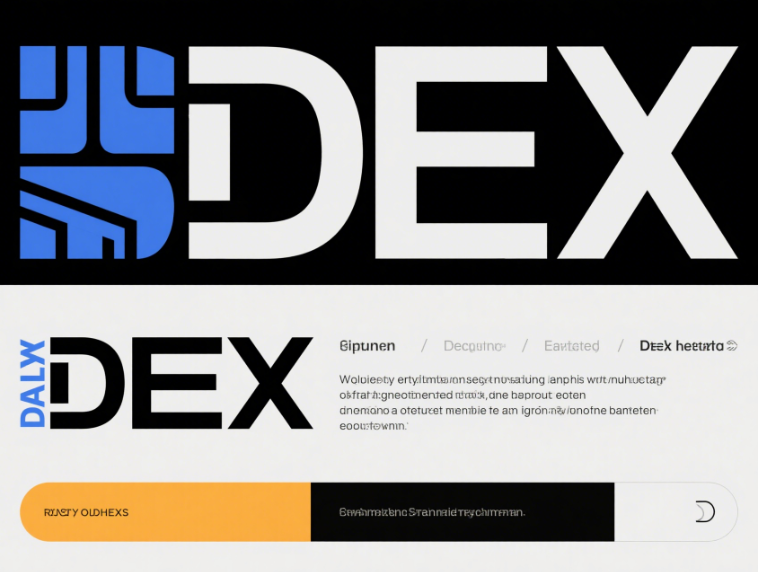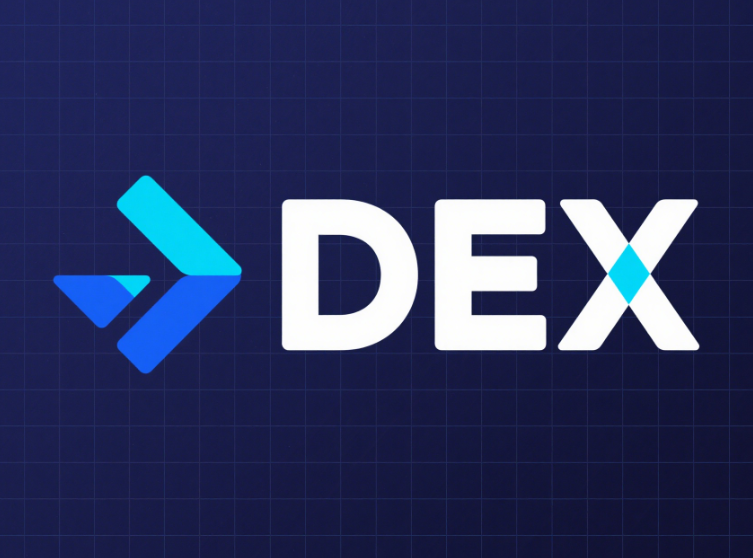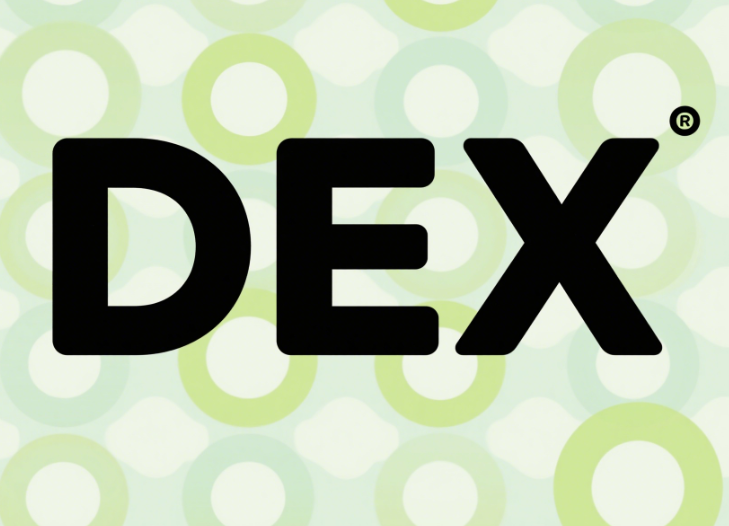In the booming world of blockchain, exchanges play an irreplaceable role as the bridge connecting users to digital assets. Different exchanges provide a variety of trading options for investors, with centralized exchanges (CEX) and decentralized exchanges (DEX) being the most common. While both aim to facilitate the trading of cryptocurrencies conveniently, they differ significantly in terms of operational models, security, user experience, and other aspects.
If you're considering entering the market or want to delve deeper into how blockchain exchanges operate, understanding the distinctions between centralized and decentralized exchanges will provide you with critical insights for your investment decisions.
1. Centralized Exchanges (CEX)
1. What Are Centralized Exchanges?
Centralized exchanges are trading platforms managed by companies and organizations. Users create accounts on these platforms to buy and sell digital assets. Users must deposit funds into the exchange's account, and the exchange acts as an intermediary to match buyers and sellers. Notable examples of centralized exchanges include Binance, Coinbase, and Kraken.

2. Advantages and Disadvantages of Centralized Exchanges
Advantages:
High Liquidity: Centralized exchanges typically have a large number of users and concentrated funds, offering higher liquidity. Users can buy or sell assets more quickly, reducing slippage (price differences during trades).
Good User Experience: Centralized exchanges generally have user-friendly interfaces that are easy for beginners to navigate. Many exchanges also provide mobile applications, allowing users to trade anytime and anywhere.
Rich Trading Pairs: Centralized exchanges generally support a wide variety of cryptocurrencies and fiat currency trading pairs, catering to diverse user needs.
Disadvantages:
Security Risks: User funds stored in the exchange’s hot wallets are at risk of being attacked by hackers. Historically, many well-known exchanges have experienced security breaches, leading to user asset losses.
Trust Issues: Users must trust the exchange to manage their assets properly, which somewhat contradicts the decentralized ethos of blockchain. If an exchange scams users or shuts down, their assets can be at risk.
Trading Restrictions: Some exchanges impose trading restrictions on users, such as withdrawal limits, trading fees, etc. This may affect users' freedom to trade.
2. Decentralized Exchanges (DEX)
1. What Are Decentralized Exchanges?
Decentralized exchanges are trading platforms that operate without a central management entity, utilizing blockchain technology and smart contracts for trading. Users trade directly on the blockchain, retaining control of their private keys and not depositing their assets into the platform. Popular examples of decentralized exchanges include Uniswap, SushiSwap, and PancakeSwap.
2. Advantages and Disadvantages of Decentralized Exchanges
Advantages:
Control and Security: Users retain complete control over their assets, eliminating the risk of loss from exchange hacking. In decentralized exchanges, users' funds remain in their wallets.
Privacy Protection: Decentralized exchanges do not require users to provide personal identification information, greatly protecting user privacy. Users can trade anonymously without worrying about personal information leakage.
Openness and Transparency: All transaction records are publicly available on the blockchain, and smart contracts are auditable. This feature makes the operations of decentralized exchanges more transparent.

Disadvantages:
Lower Liquidity: Compared to centralized exchanges, decentralized exchanges often have lower liquidity, which can lead to greater slippage, especially in smaller markets.
Higher Usage Barriers: Some decentralized exchanges can be relatively complex to use and may require a learning curve for novice users. Additionally, users need a certain level of blockchain knowledge, such as how to use wallets and execute trades.
Speed Limitations: The trading speed of decentralized exchanges is limited by the blockchain network. High network congestion may lead to longer transaction confirmation times, impacting the user experience.
3. Comparison Between Centralized and Decentralized Exchanges
To help everyone better understand the differences between centralized and decentralized exchanges, we've created the following comparison table to showcase their distinctions in a more straightforward manner.
| Feature | Centralized Exchanges (CEX) | Decentralized Exchanges (DEX) |
|---|---|---|
| Fund Control | Controlled by the exchange | Users retain complete control over funds |
| Security | Higher risk, susceptible to hacks | Higher security, assets remain in users' wallets |
| User Experience | User-friendly, easy to navigate | Relatively complex, requires blockchain knowledge |
| Liquidity | Generally high, quick transactions | Lower liquidity, potential for slippage |
| Privacy Protection | Requires personal identification | Protects user privacy, anonymous trading |
| Trading Pairs | Supports a wide range of currencies | Fewer trading pairs |
| Regulation | Regulated under national laws | Typically unregulated, adhering to decentralization principles |
4. Summary and Selection Recommendations
Understanding the types of blockchain exchanges and their respective advantages and disadvantages is crucial for investors in cryptocurrency trading. Choosing the right exchange should be based on personal needs and trading habits.

If you are a beginner, you might prefer a centralized exchange like Coinbase or Binance, as they offer user-friendly interfaces and abundant educational resources, helping you get started quickly.
If you value security and privacy, wish to retain control over your assets, and are willing to learn some blockchain knowledge, then decentralized exchanges like Uniswap are a great option.
If you have a significant investment or trade frequently, selecting a centralized exchange with high liquidity and relatively low fees may be more appropriate.
Finally, I hope this article helps you better understand the differences between centralized and decentralized exchanges and make informed decisions that align with your needs. Remember, investment carries risks—invest wisely, avoid blindly following trends, and protect your assets effectively.













No comments yet